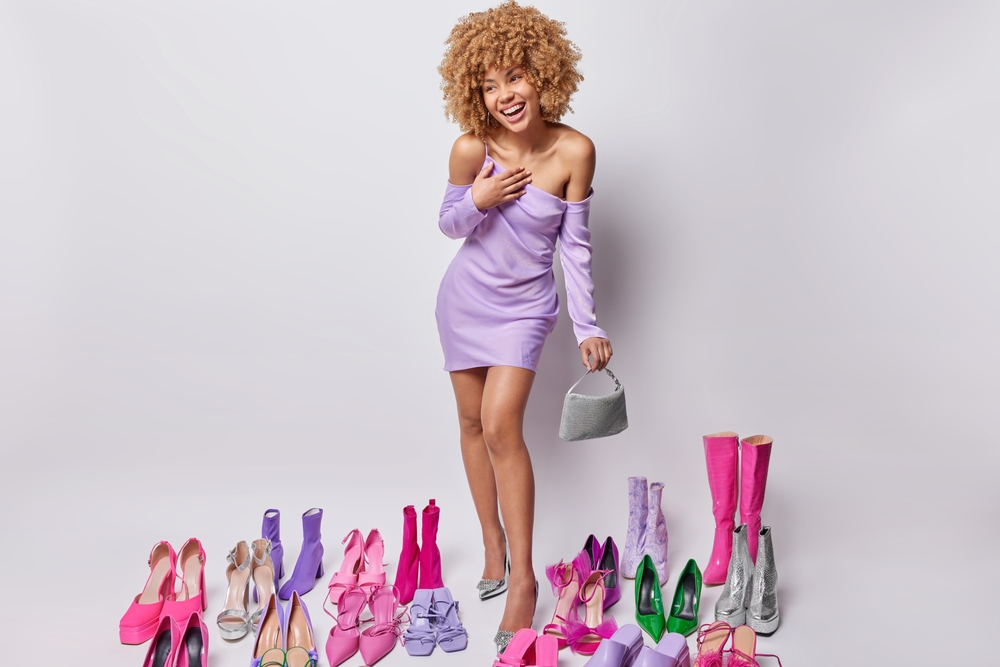When you think of wealthy women, the image that often comes to mind is one of opulence, exclusivity, and a penchant for high-end fashion. However, an interesting trend has emerged: many rich women are increasingly gravitating towards fake designer bags. This phenomenon might seem paradoxical, but it reveals fascinating insights into consumer behavior and societal values.
The psychology behind the choice
For many affluent women, the decision to purchase fake designer bags is not driven by financial constraints but by psychological factors. One major reason is the thrill of breaking norms. Rich women, accustomed to living within the boundaries of societal expectations, often find it exhilarating to defy these norms subtly. Carrying a high-quality counterfeit bag allows them to indulge in this rebellious act without significant repercussions.
Additionally, there’s a sense of practicality. Fake designer bags can offer the same aesthetic appeal as their authentic counterparts without the accompanying anxiety of potential loss or damage. For a wealthy woman who frequently attends events, travels, or enjoys an active social life, the peace of mind that comes with carrying a less precious item can be liberating.
Social and cultural implications
The preference for fake designer bags among wealthy women also reflects broader social and cultural dynamics. In a world where sustainability and ethical consumption are gaining traction, flaunting a genuine designer bag can sometimes be seen as tone-deaf or ostentatious. Opting for a counterfeit allows affluent women to enjoy the style and status associated with designer goods while sidestepping potential backlash.
Moreover, the lines between authentic and imitation have become increasingly blurred. High-quality replicas can be almost indistinguishable from the originals, making it difficult even for the trained eye to spot the difference. This democratization of luxury has allowed more people to experience the thrill of owning a designer item, albeit a counterfeit one, and has diminished the stigma previously associated with fake goods.
The emotional connection to fashion
Fashion is inherently emotional, and for many wealthy women, fake designer bags fulfill a specific emotional need. These bags can be a nostalgic nod to a simpler time before their wealth, a symbol of defiance against societal expectations, or even a fun, whimsical addition to their wardrobe. The emotional connection can often outweigh the need for authenticity, making fake designer bags a cherished part of their collection.
The role of influencers and celebrities
Influencers and celebrities play a significant role in shaping fashion trends, and their embrace of fake designer bags has had a considerable impact. When a high-profile individual confidently showcases a counterfeit bag, it sends a powerful message that style and status are not solely defined by authenticity. This acceptance and normalization of fake designer goods have contributed to their growing popularity among wealthy women.
Practicality and versatility
Beyond the psychological and social factors, practical considerations also drive the preference for fake designer bags. Authentic designer bags often come with limitations – they need to be handled with care, stored properly, and insured. Fake designer bags, on the other hand, offer a level of versatility and ease that can be appealing. They can be used in various settings without the fear of significant financial loss if damaged or stolen.
Conclusion: A complex trend
The trend of rich women enjoying fake designer bags is complex and multifaceted. It encompasses psychological thrills, social statements, emotional connections, and practical considerations. As society continues to evolve, the definitions of luxury, status, and authenticity are likely to shift further, making the lines between real and fake increasingly indistinguishable. For wealthy women, fake designer bags represent a unique blend of rebellion, practicality, and emotional fulfillment – a testament to the evolving nature of fashion and consumer behavior.
This story was created using AI technology.
















